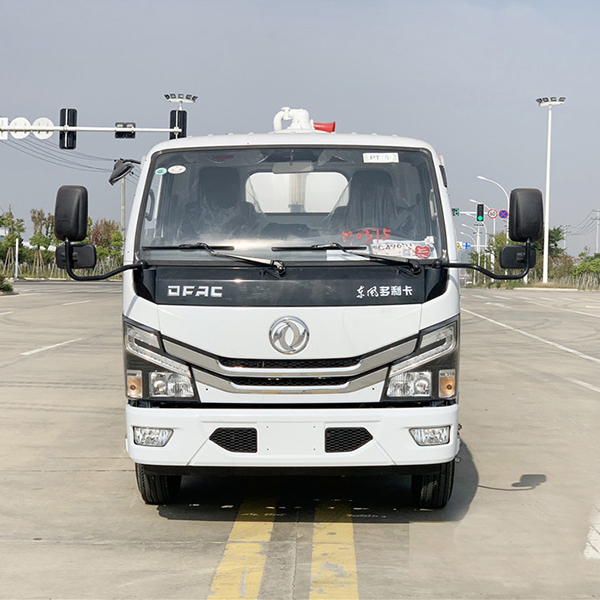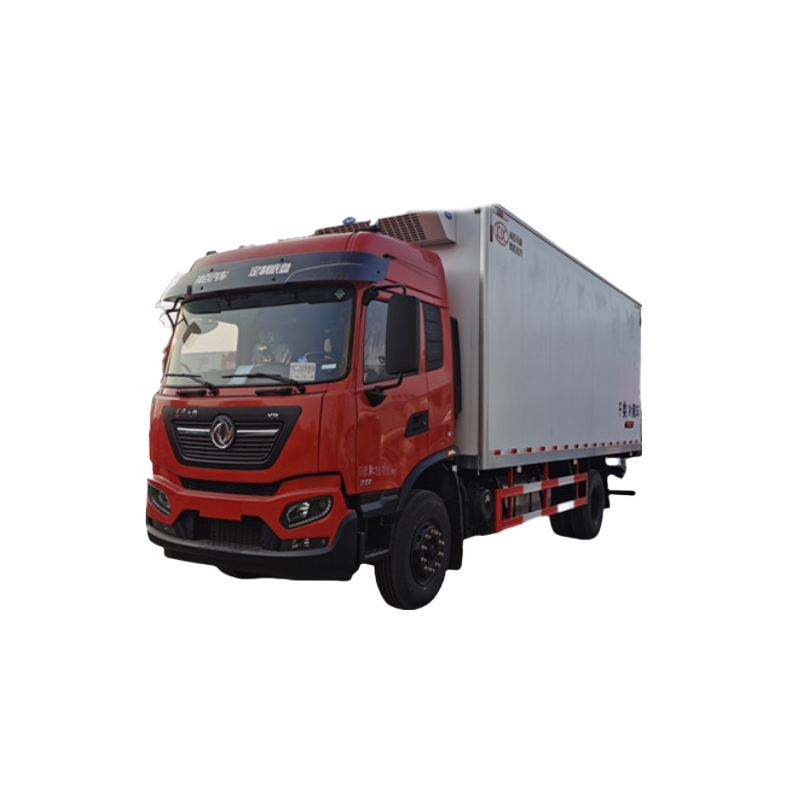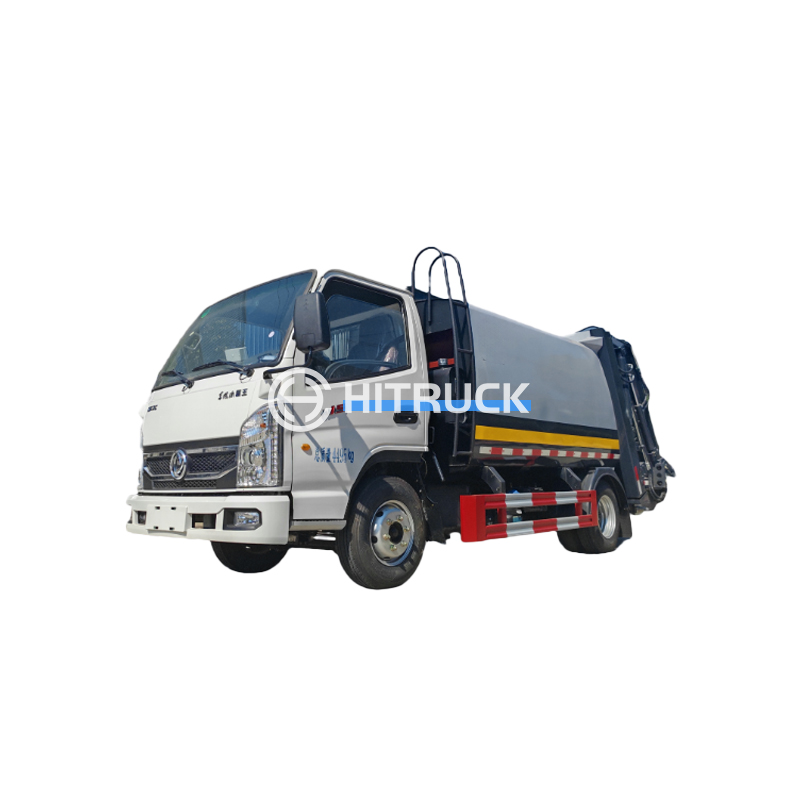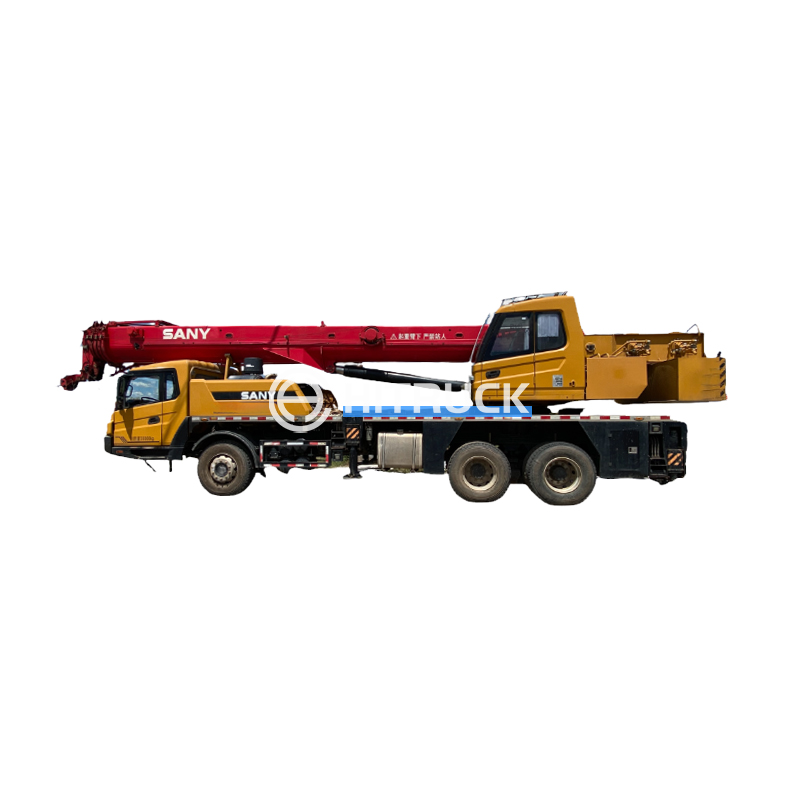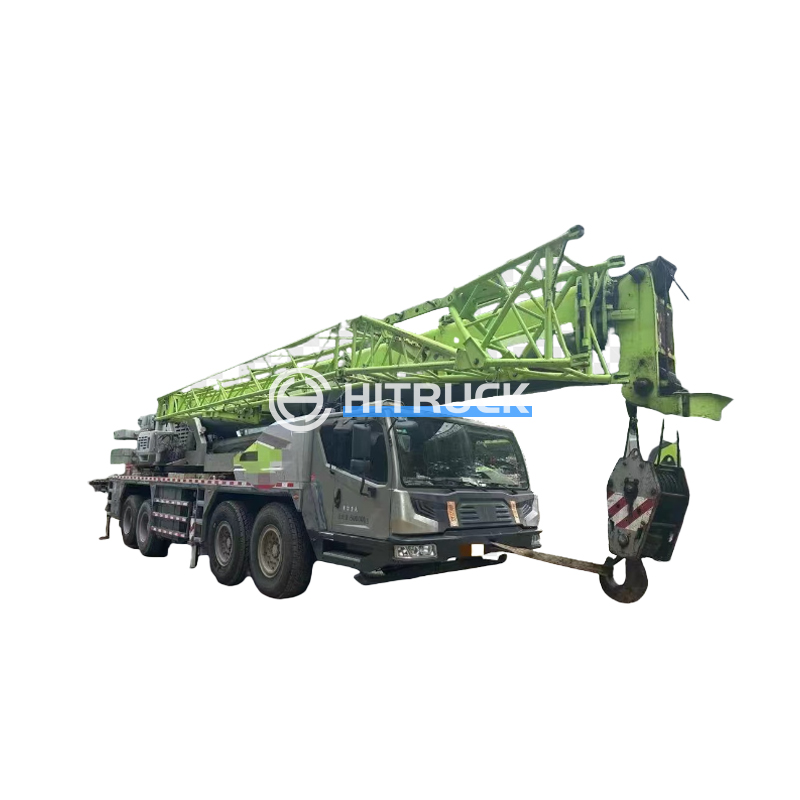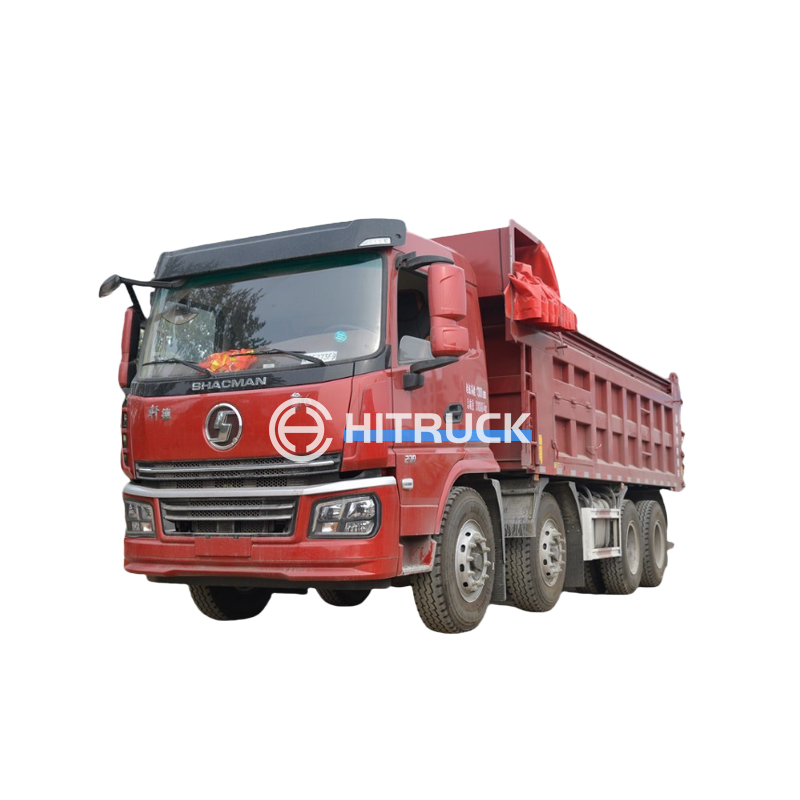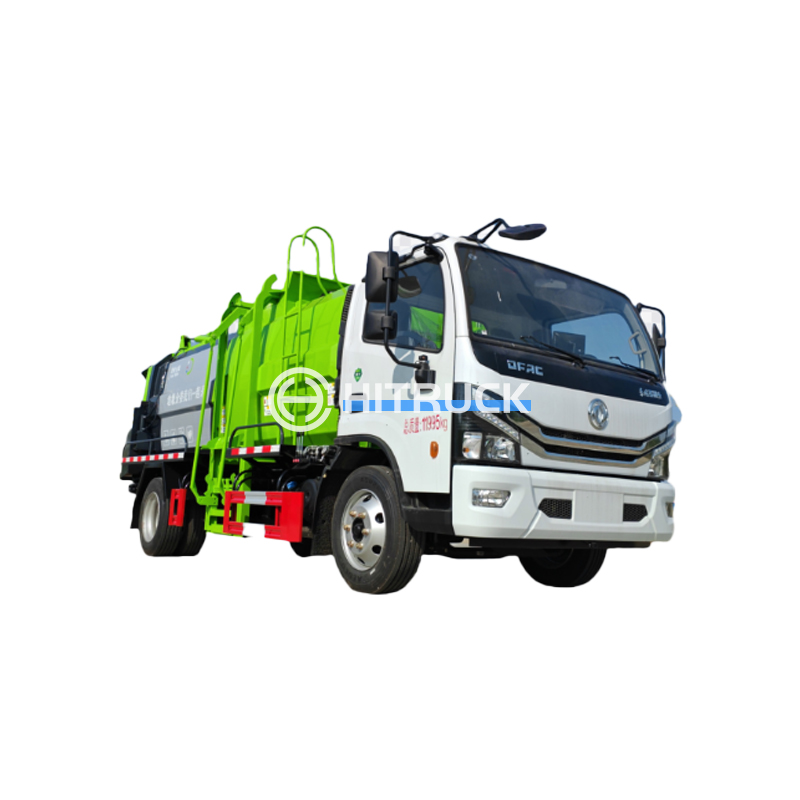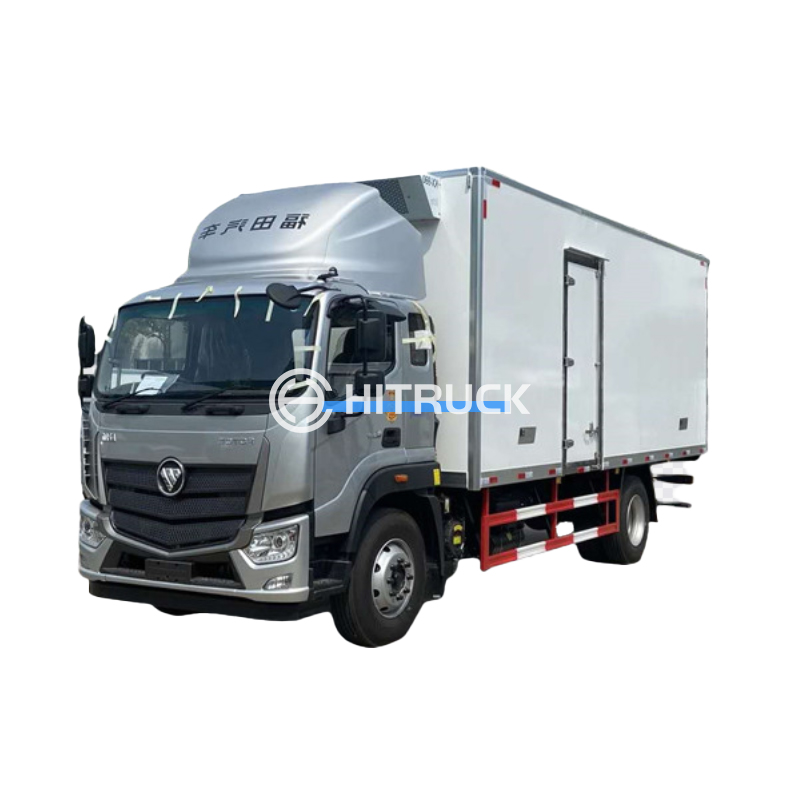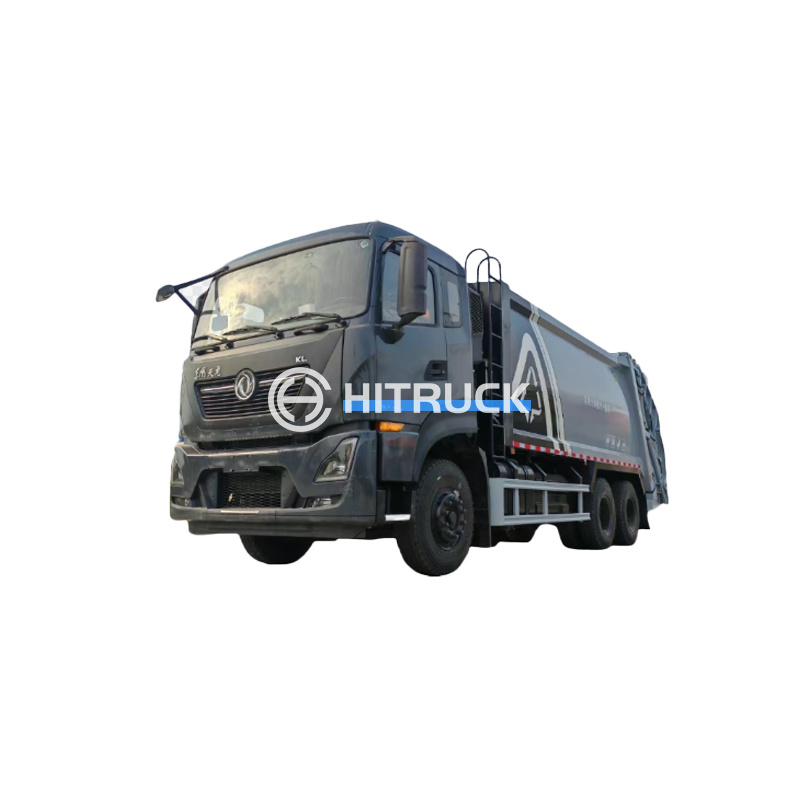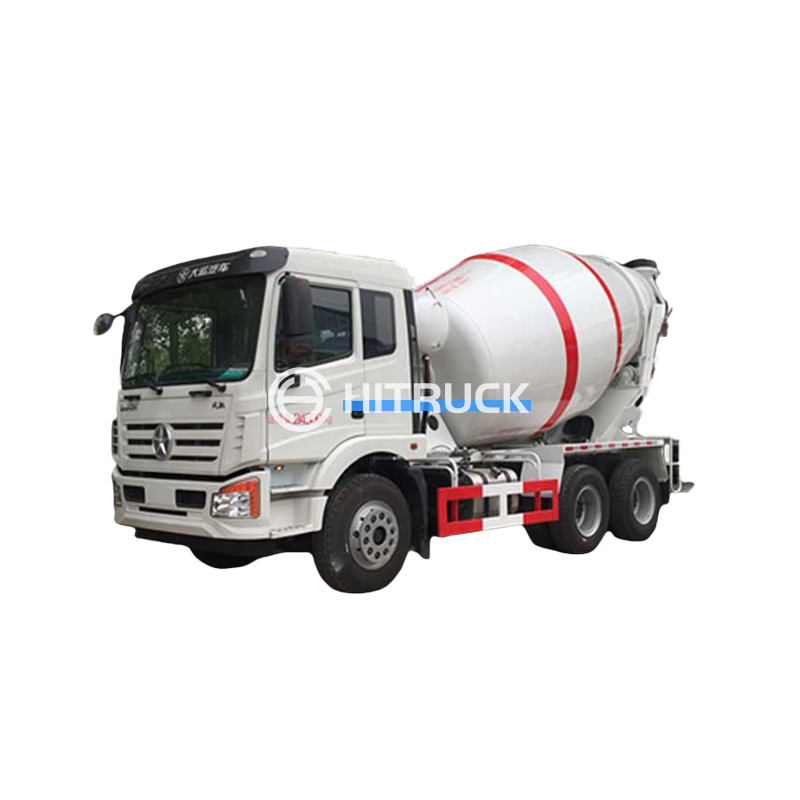This comprehensive guide explores the intricacies of double hoist overhead cranes, examining their design, applications, advantages, and considerations for safe and efficient operation. We delve into the technical specifications, selection criteria, and maintenance best practices to ensure optimal performance and longevity. This article will equip you with the knowledge to make informed decisions when choosing and utilizing this essential lifting equipment.
A double hoist overhead crane is a type of overhead crane equipped with two independent hoisting mechanisms operating simultaneously or independently on a single bridge structure. This configuration offers significant advantages in terms of efficiency and versatility compared to single-hoist systems. The dual hoists allow for the simultaneous lifting of two loads, or the handling of a single oversized load with a distributed weight, significantly increasing operational flexibility. The specific capabilities of a double hoist overhead crane depend on various factors, including the load capacity of each hoist, the span of the bridge, and the overall design of the crane.
The use of double hoist overhead cranes provides numerous benefits in various industrial settings. These advantages include:
The ability to lift two loads concurrently dramatically reduces the overall cycle time for material handling tasks, boosting productivity. This is especially beneficial in high-volume operations where speed and efficiency are paramount.
Double hoist overhead cranes can handle a wider range of materials and load configurations compared to single-hoist systems. They can lift unusually shaped objects by distributing the weight across both hoists, improving safety and reducing stress on the load and the crane itself.
With proper design and operation, double hoist overhead cranes can enhance safety by distributing the load weight, reducing the risk of accidental drops or structural damage. This is particularly crucial when handling heavy or delicate materials. Proper training and adherence to safety regulations are of paramount importance.
Choosing the appropriate double hoist overhead crane necessitates careful consideration of several critical factors:
The individual and combined load capacities of the hoists must meet or exceed the anticipated demands of the application. Accurate load calculations are essential to ensure safe and efficient operation. Contacting a reputable supplier like Suizhou Haicang Automobile sales Co., LTD for expert advice is highly recommended.
The crane's span (the horizontal distance between the crane's runways) and the height of the lift must be suitable for the working environment. These dimensions must allow for sufficient clearance and maneuverability without compromising safety.
Different hoist types offer varying capabilities. Consider factors such as lifting speed, motor power, and the suitability of the hoist for the specific load type. Common hoist types include wire rope hoists and chain hoists.
The control system should be user-friendly, reliable, and designed for safe operation. Modern systems often incorporate features such as overload protection and emergency stop mechanisms.
Regular maintenance is crucial for extending the lifespan and ensuring the safe operation of your double hoist overhead crane. This includes:
Double hoist overhead cranes are powerful and versatile lifting solutions offering significant advantages in terms of efficiency, versatility, and safety. However, selecting the right crane and implementing a robust maintenance program are critical for ensuring safe and productive operation. Remember to always prioritize safety and consult with industry professionals for expert advice and support.

